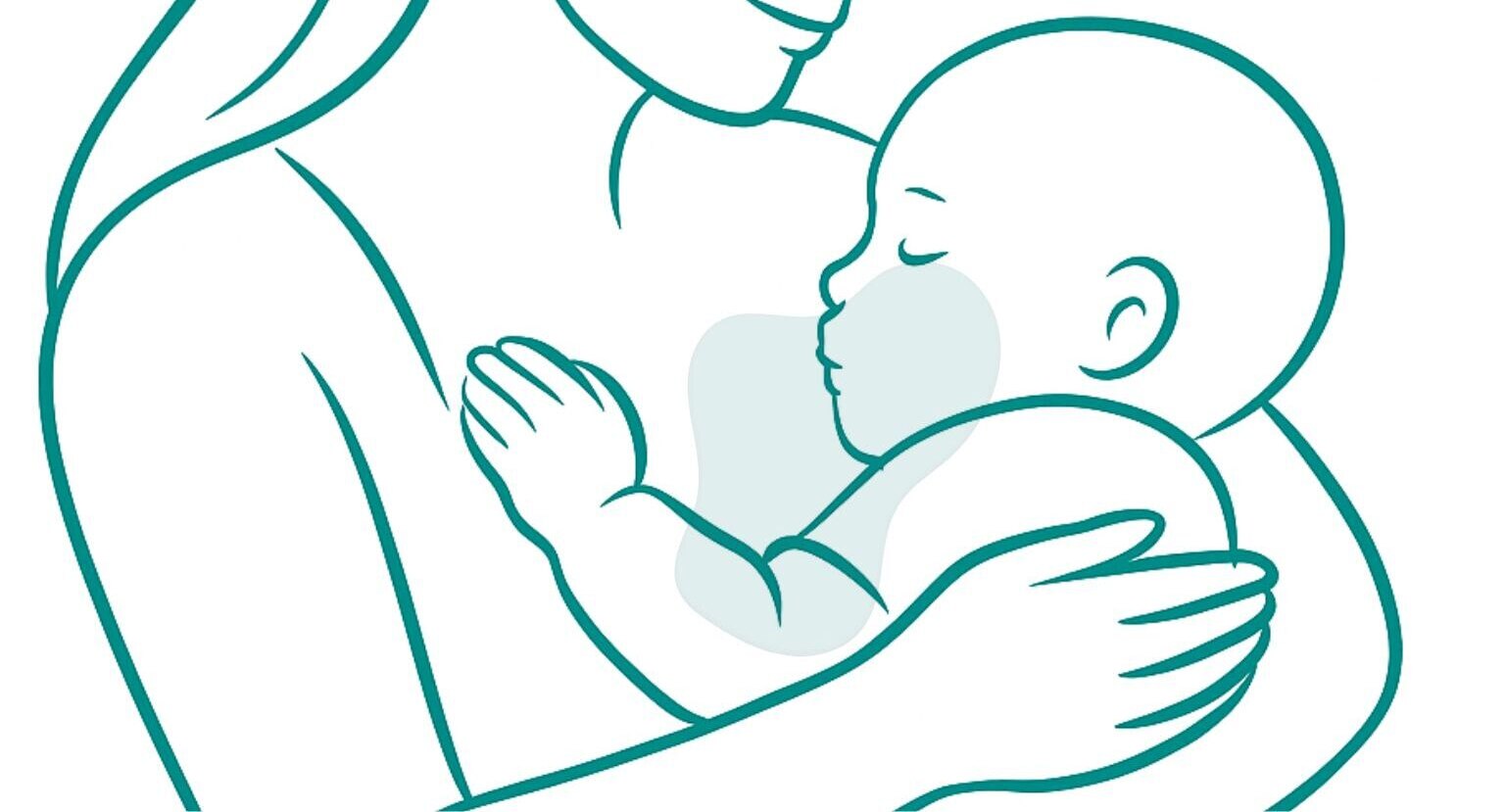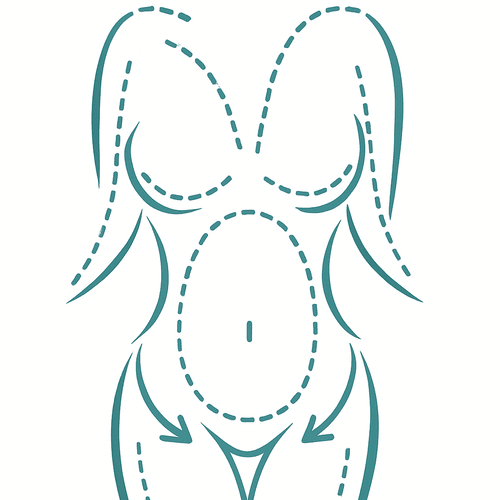
Many people considering Breast Augmentation wonder whether they will be able to breastfeed if they decide to have children in the future. This is a valid concern, as any breast surgery has the potential to affect the milk ducts, nerves and glandular tissue, which are all important for breastfeeding.
Dr Gary Kode, a Specialist Plastic & Reconstructive Surgeon in Melbourne, Victoria, has experience in performing Breast Augmentation while considering each patient’s long-term goals, including the ability to breastfeed. If you are thinking about breast implants and are concerned about your ability to nurse in the future, it is important to understand the facts.
Below, outlines what is currently understood about breastfeeding after Breast Augmentation, addresses some common misconceptions and explains factors that may influence breastfeeding ability.
Understanding Breast Augmentation and Breastfeeding
What Happens During Breast Augmentation?
Breast Augmentation is a surgical procedure that changes breast size and shape using saline or silicone implants. These can be placed either above (subglandular) or below (submuscular) the chest muscle. The surgical approach may vary depending on a person’s anatomy and preferences discussed with Dr Kode, during a consultation.
Incisions may be made in one of the following locations:
- Inframammary incision – Under the breast fold.
- Periareolar incision – Around the edge of the areola.
- Transaxillary incision – In the armpit.
Each approach has different considerations in relation to breast tissue and milk ducts.
Dr Gary Kode carefully selects the most suitable approach for each patient, taking their surgical goals and potential breastfeeding concerns into account.
How Breastfeeding Works
Breastfeeding relies on the coordinated function of:
- Glandular tissue – Produces milk.
- Milk ducts – Carry milk to the nipple.
- Nerves – Trigger the let-down reflex via hormonal signalling.
Surgery can potentially interfere with this process if:
- Milk ducts are cut or damaged, preventing milk from reaching the nipple.
- Nerve sensitivity is reduced, affecting the let-down reflex.
- Glandular tissue is removed or damaged, leading to decreased milk supply.
Myths and Facts
Myth 1: Breast Implants Always Prevent Breastfeeding
Fact: Many people with implants are still able to breastfeed. Success depends on individual factors such as the surgical approach, implant placement and pre-existing breast tissue function.
Myth 2: Silicone from Implants Passes into Breast Milk in Harmful Amounts
Fact: Current research indicates silicone levels in breast milk from people with implants are similar to those without implants. Health authorities, including the Therapeutic Goods Administration (TGA), do not list breastfeeding as unsafe for mothers with silicone implants.
Myth 3: All Incision Types Affect Milk Ducts Equally
Fact: The incision location can influence the likelihood of affecting milk ducts. Periareolar incisions may have a higher chance of disrupting ducts compared to inframammary or transaxillary approaches.
Myth 4: Breastfeeding Will Reverse Breast Augmentation Results
Fact: Pregnancy and breastfeeding can change breast size, shape, and skin elasticity regardless of whether implants are present. These changes are due to physiological processes.
Factors That May Influence Breastfeeding Ability After Augmentation
✓ Surgical Technique and Implant Placement: Techniques that avoid significant disruption to ducts and nerves may support breastfeeding ability.
✓ Pre-Existing Breast Tissue and Milk Production: Some people have limited glandular tissue before surgery, which can affect milk production. If a patient experienced breast development issues during puberty, breastfeeding challenges may not be due to surgery.
✓ Post-Surgery Recovery and Breastfeeding Preparation: Allowing sufficient healing time before pregnancy can help breastfeeding outcomes. Engaging with a lactation consultant early may also help as they can provide personalised strategies to optimise milk supply.
FAQs About Breastfeeding After Breast Augmentation
Making the Right Choice for You
Deciding to have breast augmentation is a personal decision. If future breastfeeding is something you wish to consider, Dr Gary Kode can discuss surgical approaches that take both your preferences and individual circumstances into account. He will explain potential implications for breastfeeding and outline options so you can make an informed decision.
Next Steps – Book a Consultation
If you are considering Breast Augmentation surgery and are concerned about how it might affect breastfeeding, you can arrange a consultation with Dr Gary Kode. This appointment provides an opportunity to discuss your medical history, plans for breastfeeding and what to expect from the procedure. You will receive information about the risks, potential benefits and alternatives so you can make a decision that is right for you.





